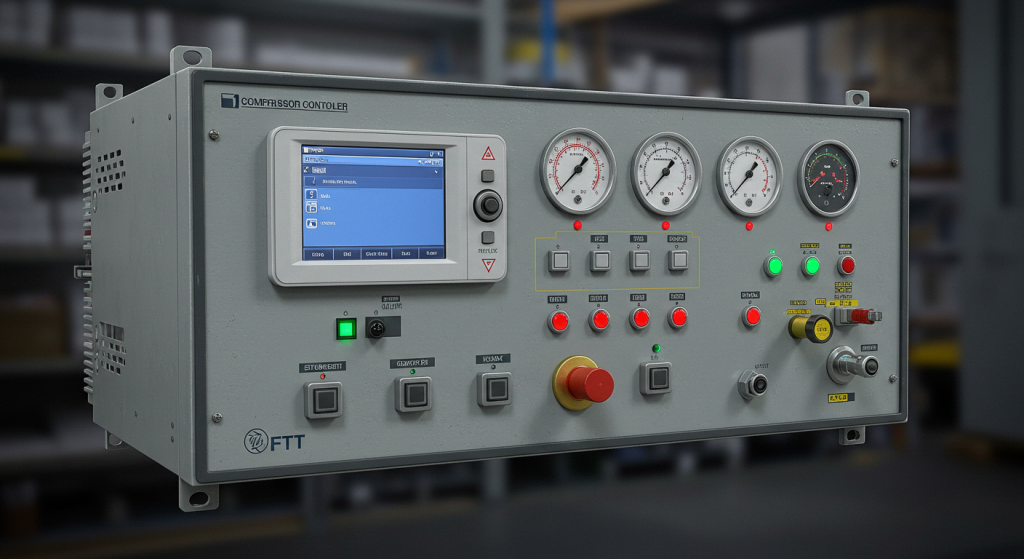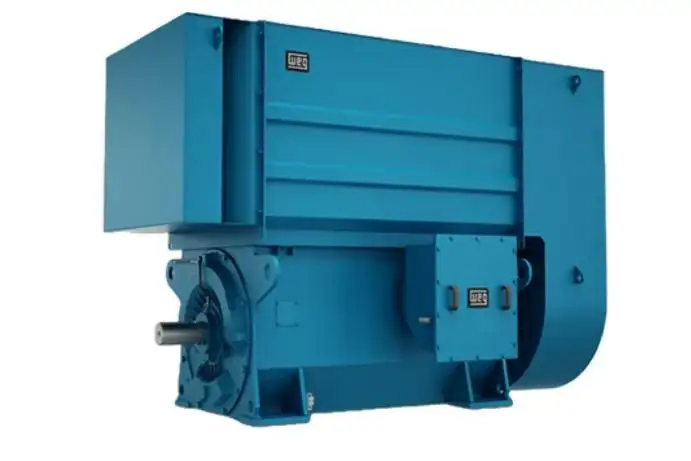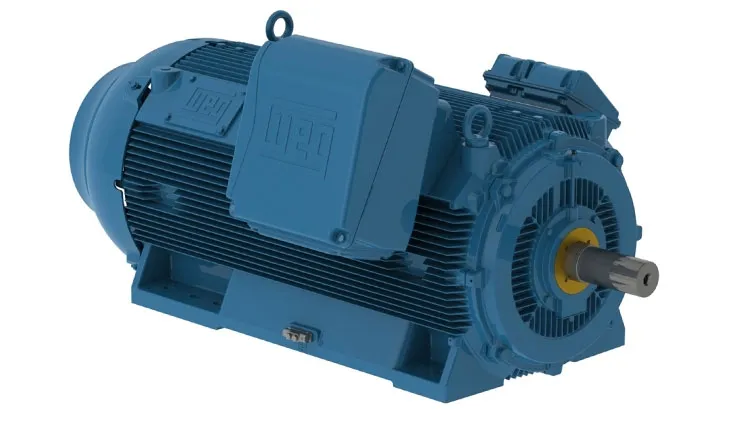What is a Compressor Controller?
Systems of modern automation of air compressors embrace modern technological advancements such as the newest controller electronics. Systems of modern automation of air compressors embrace modern technological advancements such as the newest controller electronics. A compressor controller manages critical functions such as process airflow and overall temperature controls, automated fault management, preemptive warning systems, and mitigation shutoffs. Such functions can be executed automatically without human input.
Thus, a compressor automates the operations of compressors, reduces the need for manual intervention, increases reliability, and enhances safety. Today’s compressors are capable of doing much more than just switching a device on and off. Such systems now include:
• Remote Monitoring Capabilities
• Predictive Maintenance Capabilities
• Enhanced Energy Efficiency
• Compressor Sequencing
• Integration with SCADA Systems
Overview of Compressor Controllers
Every single industry needs precision and reliability. In the case of air conditioners, medical air compressors, or even sophisticated manufacturing facilities, operational efficiency can be achieved with controllers that function optimally. The IoT smart controllers, VSD control, and the compressors themselves have all received attention from the authorities in the field.
Why are Compressor Controllers Important?
A compressor controller can have a major positive impact on productivity and efficiency within a business:
• Improvement in Energy Efficiency: Waste energy reduction improves efficiency via load matching and control with Variable Speed Drives (VSDs).
• Reliability Improvement: Improved reliability uptime enhances early fault detection.
• Monitoring via the Internet: Performance data can be monitored and accessed via cloud dashboards from almost anywhere.
• Predictive Maintenance: Operational efficiency is improved with maintenance scheduled alongside forecasted compressor failures.
• Dynamic Compressor Sequencing: Supervises multiple compressor systems to dynamically modify to evolving operational demands, ensuring optimal load balance.
Key Features Function Characteristics
Consider the following features when selecting an air system controller:
1. Pressure Regulation System
In the case of medical air compressors or spray booths in the automobile industry, air pressure stability monitoring requires accuracy and precision.
2. Monitoring Temperatures
The manufacturing and oil and gas industries require the most advanced safeguards from overheating.
3. Multi-Compressor Sequencing
With businesses that have multiple compressors, a sequencing controller distributes the workload among different compressors. This prolongs system life and minimizes operational wear and tear damage.
4. Remote Compressor Monitoring
This function allows for problem flagging and alerting designated phones or computers, which allows remote problem supervision.
5. System Log Data Analysis and Predictive Maintenance
Predictive analysis improves unplanned system shutdowns by optimally adjusting system performance over time and capturing relevant data to recognize trends, thus reducing emergent system downtimes.
Real-time proactive alerts, multi-compressor sequencing, and monitoring algorithms alongside advanced preemptive alerts based on data-driven events offer system-equipped single-window interfaces for monitored systems.

The Application of Compressor Controllers Across Different Sectors
- Each sector has its requirements; however, in HVAC systems compressor controller serves for automatic regulation of airflow and climate control inside buildings. These self-ventilating systems can enhance their ventilation through IoT clouds alongside VSDs. In the automotive industry, services include the delivery of compressed air for spray booths and powering pneumatic tools.
- Moreover, intelligent forecasting enables a reduction in expensive downtimes through multi-compressor sequencing and predictive maintenance.
- Offshore compressors serve the air compressors required in extreme and offshore oil and gas regions. They operate under stringent safety hazard detection, advanced pressure control, and redundancy requirements. Moreover, the SCADA system's real-time energy analytics sharpen industry productivity while steady compressed air is required for robotic arms and conveyor systems.
- In the medical field, vacuum systems require precision measuring and pressure monitoring with sensitive alarming functions. Furthermore, in the food and beverage sectors, uncontaminated air is mandated by protocols. In addition to this, operational hygiene policies set a maximum temperature that is tightly controlled by the compressor.
Advanced Control Technologies
Modern controllers serve as more than simple on/off switches. They now incorporate:
• Touch Screen Interfaces: Intuitive Control HMI Displays.
• SCADA: For central monitoring and control of industrial processes.
• Communication Protocols: Modbus, Ethernet/IP, and ProfiNet.
• AI Algorithms: Usage may be predicted and load balanced.
• Sensor Integration: Pressure, temperature, dew point, and flow monitoring.
The Function of Smart Controllers in the Context of the Fourth Industrial Revolution
The position of smart controllers places them right in the nexus of the revolution, which makes them leaders in the context of Industry 4.0. Users can now do the following with smart compressors:
- Manage networked compressors over Wi-Fi or Ethernet.
- Display mobile cloud dashboards.
- Automate service reminder scheduling.
- Streamline processes for real-time energy efficiency automation.
- Coordinate with the Building Management System (BMS) or other automation frameworks that cover the entire plant.
Combining a smart compressor with BMS elevates these systems and processes toward advanced levels of industrial automation.
Choosing a Compressor Controller: Evaluate Control Needs
What is the goal? Enhanced control features or simple on/off operation? Options extend to PLC or VSD compressor integration.
- Assess Energy Efficiency
For most companies, the optimal choice will be the VSD controller with real-time monitoring. For companies wanting to conserve energy, these controllers significantly reduce compressor load and avoid unnecessary operations.
- Specify The Boundaries of the System
If multiple compressors are to be controlled, the controller selected must enable multi-compressor control, load sequencing, and load balancing. These enhance overall operational efficiency as well as extend equipment life.
- Integration Capabilities
The best solution would be an IoT compressor with real-time monitoring, remote control, data logging, cloud access, or SCADA.
- Maintenance Strategy
Would your company consider your maintenance program to be predictive or reactive? With smart controllers and sensor feedback diagnostics, the issue tracking, analysis, and management processes are handled in a predictive manner.
- Receive Tailored Solutions
The oil and gas industry, along with manufacturing and HVAC, requires specialty smart controllers designed for HVAC systems. Generic solutions for HVAC systems do not work.
Conclusion
Compressor controller enhances reliability while striking an optimal balance between energy and operational costs. Many operational system upgrades and expansions can, with proper controllers, be regarded as investments rather than expenses due to the myriad system upgrades made possible. Smart remote diagnostics coupled with predictive maintenance and the ability to service diverse industrial needs make advanced industrial controllers and powered IoT infrastructure a necessity. For precise design and tailored support on air system controls and modernizing systems, VIBRANT is at your service.









